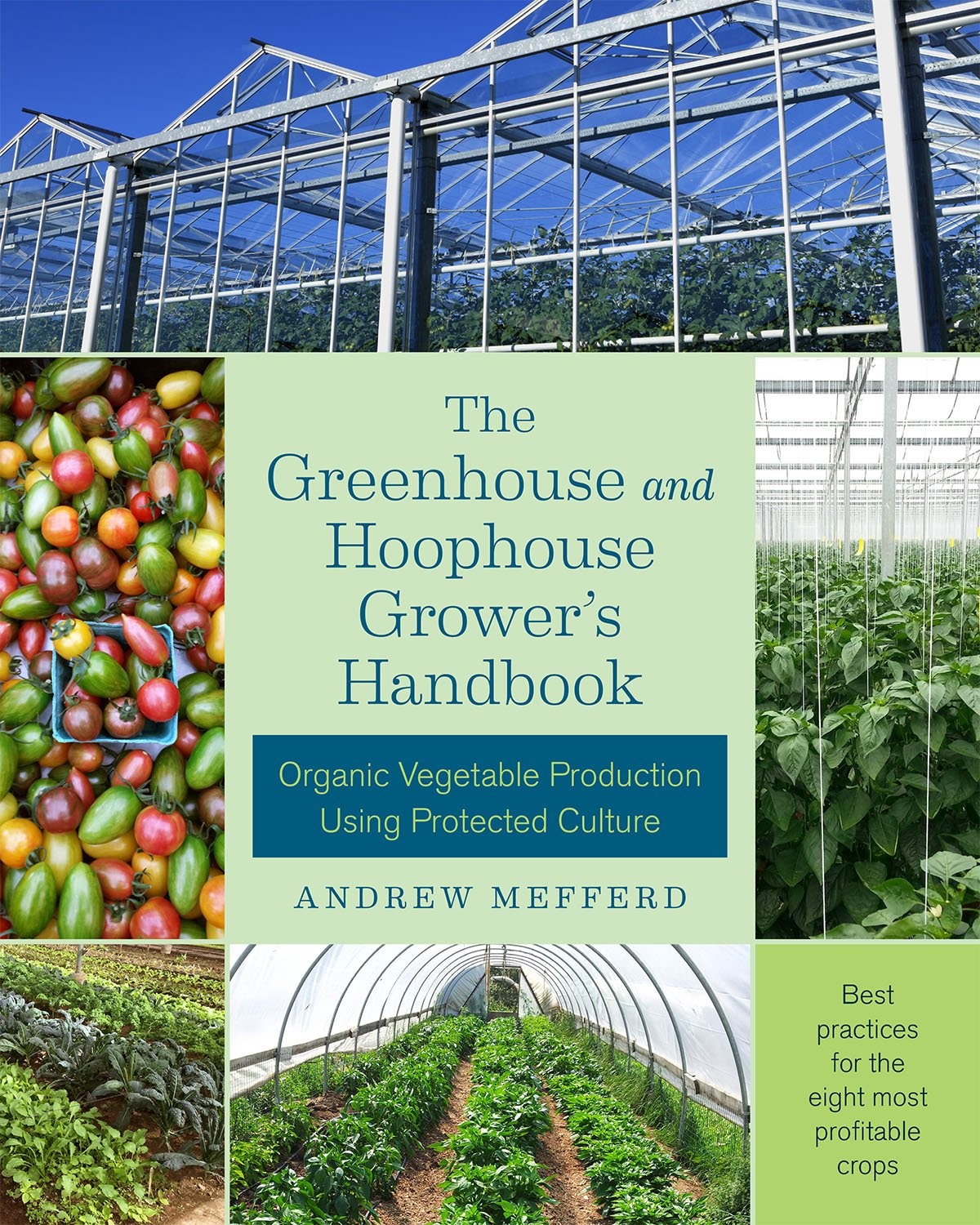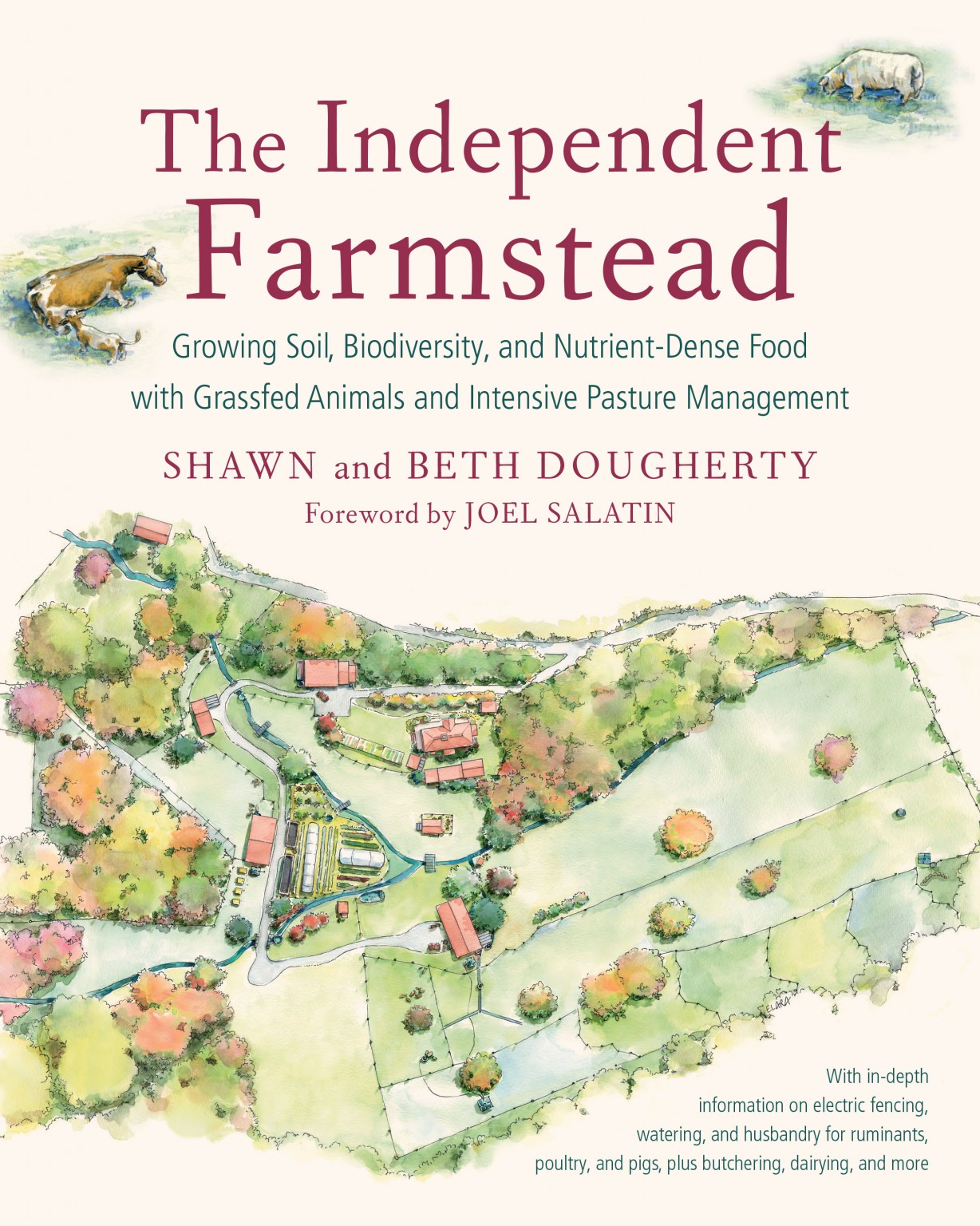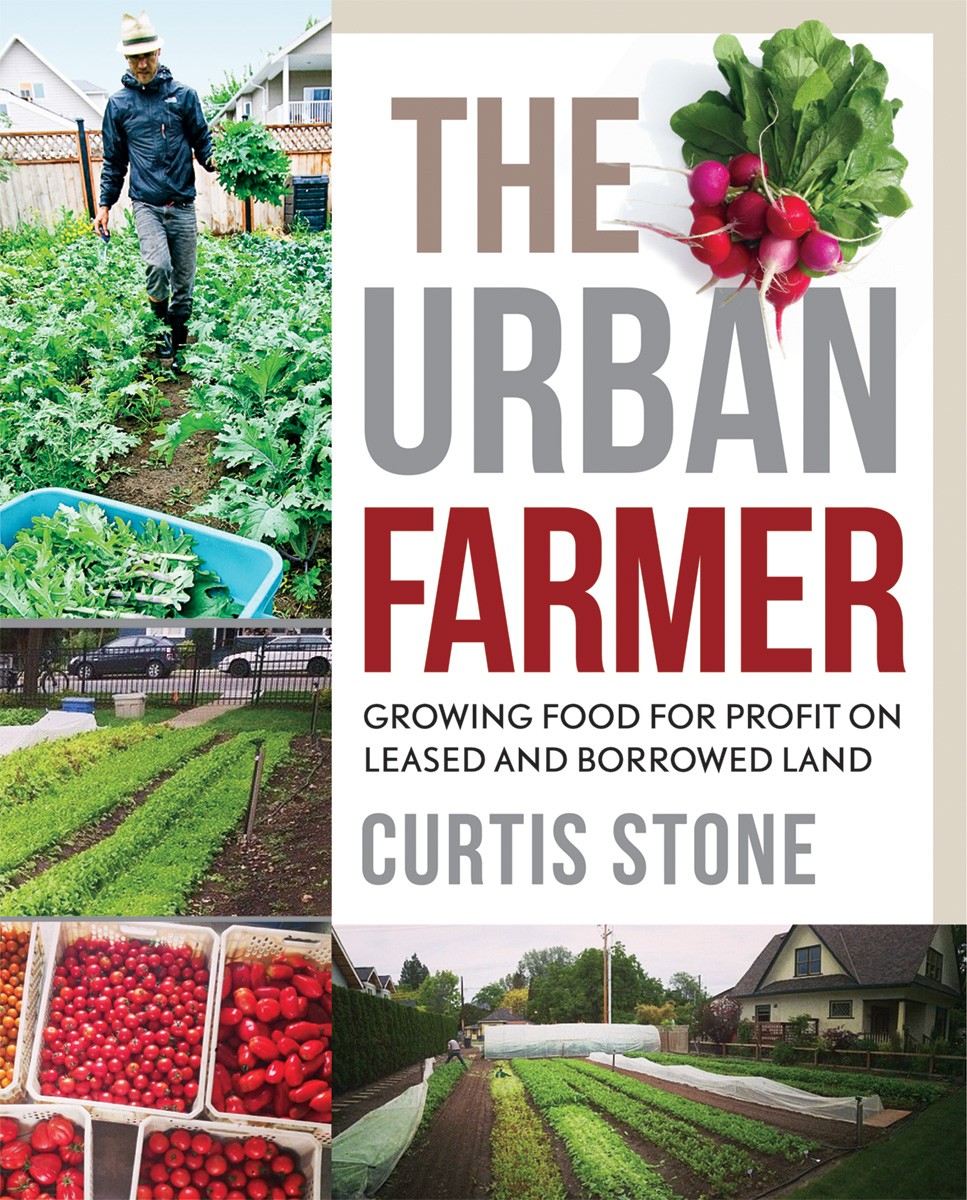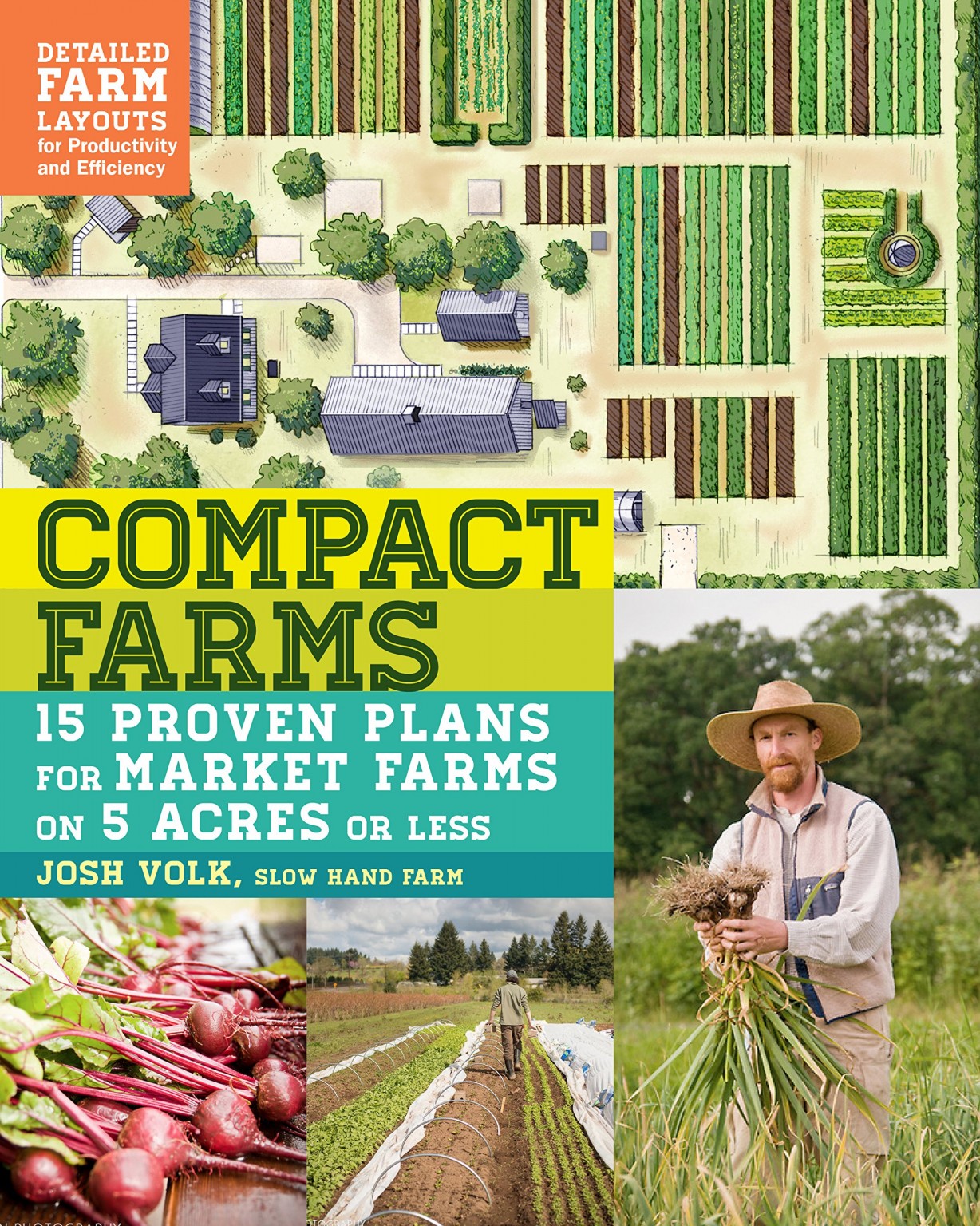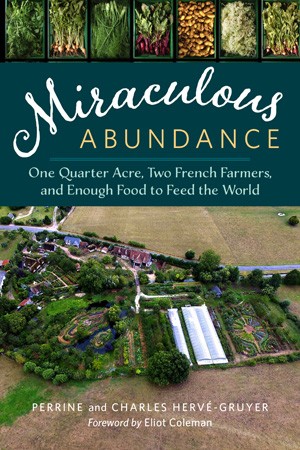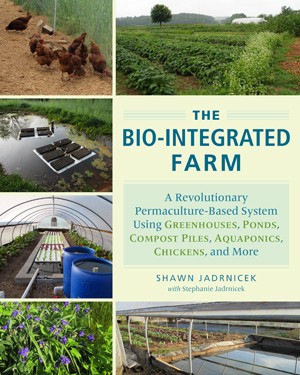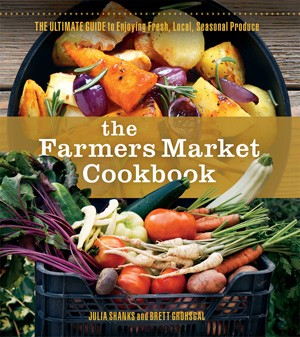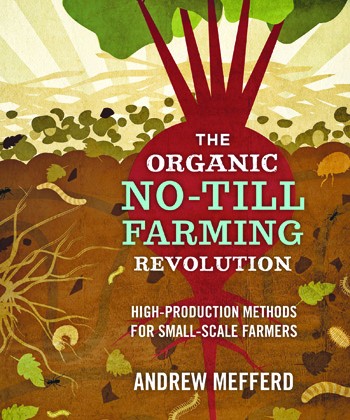 The Organic No-Till Farming Revolution
The Organic No-Till Farming Revolution
High-Production Methods for Small-Scale Farmers
Learn how to use natural no-till systems to increase profitability, efficiency, carbon sequestration, and soil health on your farm.
Farming without tilling has long been a goal of agriculture, yet tilling remains one of the most dominant paradigms; almost everyone does it. But tilling kills beneficial soil life, burns up organic matter, and releases carbon dioxide. If the ground could instead be prepared for planting without tilling, time and energy could be saved, soil organic matter increased, carbon sequestered, and dependence on machinery reduced.
The Organic No-Till Farming Revolution is the comprehensive farmer-developed roadmap showing how no-till lowers barriers to starting a small farm, reduces greenhouse gas emissions, increases efficiency and profitability, and promotes soil health. This hands-on manual offers:
- Why roller-crimper no-till methods don’t work for most small farms
- A decision-making framework for the four no-till methods: occulation, solarization, organic mulches grown in place, and applied to beds
- Ideas for starting a no-till farm or transitioning a working farm
- A list of tools, supplies, and sources.
This is the only manual of its kind, specifically written for natural farmers who wish to expand or explore chemical-free, regenerative farming methods.
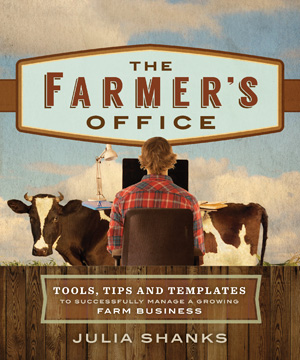 The Farmer's Office
The Farmer's Office
When you decided to become a farmer, you also became an entrepreneur and business person. In order to be ecologically and financially sustainable, you must understand the basics of accounting and bookkeeping, and learn how to manage a growing business.
Author Julia Shanks distills years of teaching and business consulting with farmers into this comprehensive, accessible guide. She covers all aspects of launching, running and growing a successful farm business through effective bookkeeping and business management, providing tools to make managerial decisions, apply for a loan or other financing, and offering general business and strategy advice for growing a business.
Whether you've been farming for many years or just getting started, The Farmer's Office gives you the tools needed to think like an entrepreneur and thoughtfully manage your business for success.
The Greenhouse and Hoophouse Grower's Handbook: Organic Vegetable Production Using Protected Culture
Best practices for the eight most profitable crops
Today only a few dozen large-scale producers dominate the greenhouse produce market. Why? Because they know and employ best practices for the most profitable crops: tomatoes, eggplant, cucumbers, peppers, leafy greens, lettuce, herbs, and microgreens. The Greenhouse and Hoophouse Grower’s Handbook levels the playing field by revealing these practices so that all growers—large and small—can maximize the potential of their protected growing space. Whether growing in a heated greenhouse or unheated hoophouse, this book offers a decision-making framework for how to best manage crops that goes beyond a list of simple do’s and don’ts.
As the specialist for greenhouse crops at Johnny’s Selected Seeds, author Andrew Mefferd spent seven years consulting for growers using protected agriculture in a wide variety of climates, soils, and conditions. The Greenhouse and Hoophouse Grower’s Handbook brings his experience and expertise to bear in an in-depth guide that will help readers make their investment in greenhouse space worthwhile.
Every year, more growers are turning to protected culture to deal with unpredictable weather and to meet out-of-season demand for local food, but many end up spinning their wheels, wasting time and money on unprofitable crops grown in ways that don’t make the most of their precious greenhouse space. With comprehensive chapters on temperature control and crop steering, pruning and trellising, grafting, and more, Mefferd’s book is full of techniques and strategies that can help farms stay profitable, satisfy customers, and become an integral part of re-localizing our food system. From seed to sale, The Greenhouse and Hoophouse Grower’s Handbook is the indispensable resource for protected growing.
The Greenhouse and Hoophouse Grower's Handbook will be released in February 2017. It is available for pre-order now, and will ship as soon as we receive copies in February.
The Independent Farmstead
Growing Soil, Biodiversity, and Nutrient-Dense Food with Grassfed Animals and Intensive Pasture Management
Twenty years ago, when authors Shawn and Beth Dougherty purchased the land they would come to name the Sow’s Ear, the state of Ohio designated it “not suitable for agriculture.” Today, their family raises and grows 90% of their own food.
Such self-sufficiency is largely the result of basing their farming practices around intensive pasture management. Pioneered by such luminaries as Allan Savory, Greg Judy, and Joel Salatin, the tenets of holistic grazing—employed mostly by larger-scale commercial operations—have been adapted by the Doughertys to fit their family’s needs. In The Independent Farmstead, The Sow’s Ear model for regenerating the land and growing food—“the best you ever tasted”—is elucidated for others to use and build upon.
In witty and welcoming style, The Independent Farmstead covers everything from choosing a species of ruminant and incorporating it into a grass-based system to innovative electric fencing and watering systems, to what to do with all of the milk, meat, and, yes, manure that the self-sustaining farm produces. Within these pages, the Doughertys discuss how to:
Find and improve poor, waste, or abused land and develop its natural water resources;
Select and purchase the appropriate ruminant for regenerating your farmstead;
Apply fencing strategies and pasture management basics;
Implement basic, uncomplicated food processing, including large and small animal butchering and cheese making; and
Integrate grass, gardens, and livestock to minimize or eliminate the need for off-farm inputs.
As the Doughertys write, more and more people today are feeling “the desire for clean, affordable food, unmodified, unprocessed, and unmedicated and the security of local food sourcing for ourselves and our children.” The Independent Farmstead is a must-have resource for those who count themselves as part of this movement: both new and prospective farmers and homesteaders, and those who are interested in switching to grass-based systems. Best of all it’s the kind of rare how-to book that the authors themselves view not as a compendium of one-size-fits-all instructions but as “the beginning of a conversation,” one that is utterly informative, sincere, and inspiring.
The Urban Farmer: Growing Food for Profit on Leased and Borrowed Land
There are 40 million acres of lawns in North America. In their current form, these unproductive expanses of grass represent a significant financial and environmental cost. However, viewed through a different lens, they can also be seen as a tremendous source of opportunity. Access to land is a major barrier for many people who want to enter the agricultural sector, and urban and suburban yards have huge potential for would-be farmers wanting to become part of this growing movement.
The Urban Farmer is a comprehensive, hands-on, practical manual to help you learn the techniques and business strategies you need to make a good living growing high-yield, high-value crops right in your own backyard (or someone else's). Major benefits include:
Low capital investment and overhead costs
Reduced need for expensive infrastructure
Easy access to markets.
Growing food in the city means that fresh crops may travel only a few blocks from field to table, making this innovative approach the next logical step in the local food movement. Based on a scalable, easily reproduced business model, The Urban Farmer is your complete guide to minimizing risk and maximizing profit by using intensive production in small leased or borrowed spaces.
Compact Farms
15 Proven Plans for Market Farms on 5 Acres or Less; Includes Detailed Farm Layouts for Productivity and Efficiency
Small is beautiful, and these 15 real farm plans show that small-scale farmers can have big-time success.
Compact Farms is an illustrated guide for anyone dreaming of starting, expanding, or perfecting a profitable farming enterprise on five acres or less. The farm plans explain how to harness an area’s water supply, orientation, and geography in order to maximize efficiency and productivity while minimizing effort. Profiles of well-known farmers such as Eliot Coleman and Jean-Martin Fortier show that farming on a small scale in any region, in both urban and rural settings, can provide enough income to turn the endeavor from hobby to career. These real-life plans and down-and-dirty advice will equip you with everything you need to actually realize your farm dreams.
Compact Farms will be released in February 2017. It is available for pre-order now, and will ship as soon as we receive copies in February.
Miraculous Abundance
Miraculous Abundance is the eloquent tale of a couple’s evolution from creating a farm to sustain their family to delving into an experiment in how to grow the most food possible, in the most ecological way possible, and create a farm model that can carry us into a post-carbon future—when oil is no longer moving goods and services, energy is scarcer, and localization is a must.
Their farm produces a variety of vegetables using a mix of permaculture, bio-intensive, four-season, and natural farming techniques--as well as techniques gleaned from native cultures around the world. It has some animals for eggs and milk, horses for farming, a welcome center, a farm store, a permaculture school, a bread oven for artisan breads, greenhouses, a cidery, and a forge. It has also become the site of research focusing on how small organic farms like theirs might confront Europe’s (and the world’s) projected food crisis.
In this honest and engaging account of the trials and joys of their uncompromising effort, readers meet two people who are farming the future as much as they are farming their land. They envision farms like theirs someday being the hub for a host of other businesses that can drive rural communities—from bread makers and grain millers to animal care givers and other tradespeople.
The couple’s account of their quest to design an almost Edenlike farm, hone their practices, and find new ways to feed the world is an inspiring tale. It is also a love letter to a future in which people increasingly live in rural communities that rely on traditional skills, locally created and purveyed goods and services, renewable energy, and greater local governance, but are also connected to the larger world.
The Bio-Integrated Farm
A Revolutionary Permaculture-Based System Using Greenhouses, Ponds, Compost Piles, Aquaponics, Chickens, and More
Permaculture designer and farmer Shawn Jadrnicek is a master at engaging the free forces of nature to create sustainable food production systems. He weaves water, wind, sunlight, convection, gravity, and decomposition into his projects, showing us how to create sustenance in our landscapes with little effort or work on our part. The Bio-Integrated Farm is a must-read, twenty-first-century manual for managing these natural resources and brings system farming and permaculture to a whole new level.
Jadrnicek’s groundbreaking insights into permaculture go beyond the term’s philosophical foundation to create hardworking farm-scale designs. Holding his designs to a higher standard, Jadrnicek’s components serve at least seven functions, while classical permaculture theory only seeks at least two functions. With every additional function that a component performs, the design becomes more advanced and saves even more energy.
A bio-integrated greenhouse, for example, doesn’t just extend the season for growing vegetables; it also serves as a rainwater collector, a pond site, an aquaponics system, and a heat generator. The Bio-Integrated Farm offers in-depth information about designing and building a wide range of bio-integrated projects including:
Reflecting and water-storage ponds
Multipurpose basins
Greenhouses
Compost heat extraction
Pastured chicken systems
Aquaculture, hydroponics, and hydronic heating
Water filtration and aeration
Cover cropping
Innovative rainwater-harvesting systems that supply water for drip irrigation and flushing toilets
Jadrnicek focuses on his experience as farm manager at the Clemson University Student Organic Farm and at his residence in the foothills of the Blue Ridge Mountains. He created permaculture patterns that simplified the operation of the 125-share CSA farm while reducing reliance on outside resources. His landscape requires only the labor of harvesting, and the only outside input he buys is a small amount of chicken feed. Jadrnicek’s prevalent theme is using water to do the work. Although applicable in many climates, his designs are particularly important for areas coping with water scarcity.
If you are interested in spending less time maintaining your farm or homestead, if you want to increase productivity, if you want to decrease your dependency on outside resources, or if you are curious about how to inexpensively extend your growing season, then this book is for you. The process is simple—put nature to work through intelligent design.
The Farmers Market Cookbook
The greatest value of this cookbook might be in putting it on your farmers market or CSA stand. The rich array of unusual varieties can be confusing and overwhelming to some customers. From detailed produce descriptions to storage tips, preparation techniques, and over 200 flavorful recipes, The Farmers Market Cookbook has the answer to every shopper's question, "What do I do with this?"
Featuring a range of traditional favorites alongside innovative creations showcasing the stunning flavors of heirloom fruits and vegetables, this guide to seasonal eating will help you engage your powers of creativity, learning, and experimentation. Recipes include:
Garlic scape vichyssoise
Potato fennel "risotto"
Beef roulade with cilantro mojo
Cantaloupe salsa
After you make some of these recipes yourself, you will want to hand them out to your customers so they know what to do with your produce.
